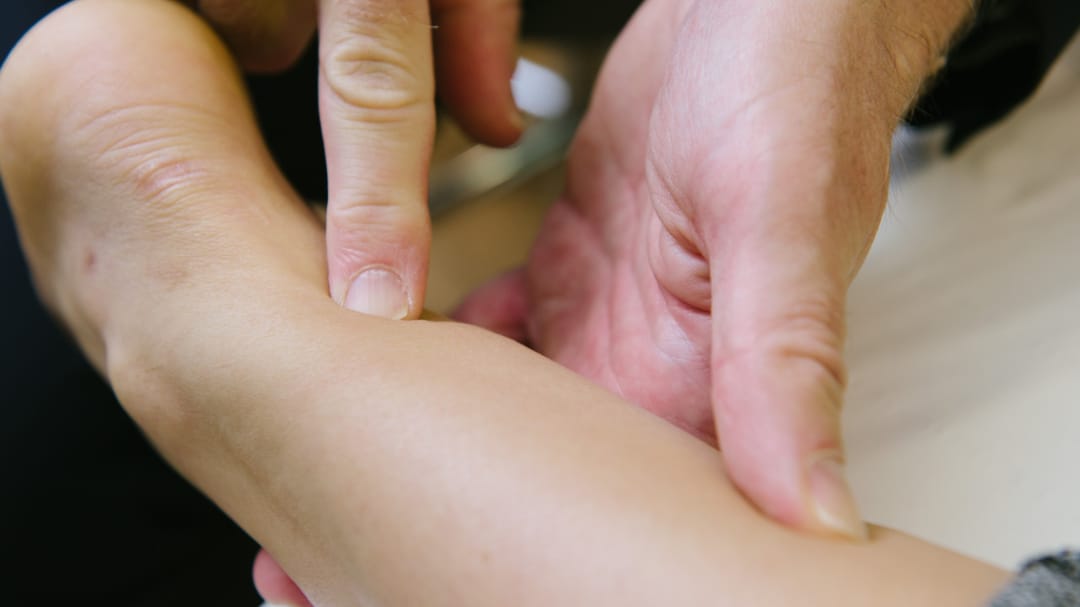What is Cupping? Benefits and Techniques

Dr Theo Farley
Physiotherapist
- 8 September, 2016
- Soft Tissue Therapy
- 2 min read
With the 2016 Rio Olympic Games now underway, something attracting a lot of attention on social media are the perfectly circular marks seen on many swimming and gymnastic athletes. These marks are the result of a common treatment used in sport called cupping.

Cupping is a treatment that stretches as far back as the Ancient Egyptians and has also been used by traditional Chinese Practitioners to improve circulation and the flow of ‘Qi’ (the body’s energy lines) through the body. Much in the same way that acupuncture works.
If you Google ‘cupping treatment’ you will most likely be presented with a glass cup sitting upside down on the body with someone holding a flame over it. This is the traditional Chinese method that uses the flame to create a negative pressure vacuum within the cup, thus sucking the skin and deeper tissues up, mobilising and stimulating the tissue.
As with acupuncture, Western Medicine has sought to formalise the practice and rationale behind cupping. It is now used in practice to stretch and mobilise muscle and fascia, increase local circulation and creating micro trauma in the effected area, stimulating the bodies healing process. Again the Western approach has changed the delivery of the traditional Chinese approach and commonly uses a system of plastic cups with a plunger type tool that sucks the air out of the cup, thus creating the negative pressure and tissue mobilisation, lasting for 2-3 minutes. Unfortunately this approach doesn’t prevent the round marks on the skin that are created by small blood vessels called capillaries which can last from 3 days to 3 weeks.
At present the scientific evidence base for cupping is still evolving, however some evidence is available for its use in shoulder, neck pain and carpal tunnel syndrome (Arslan et al 2016, Chi et al 2016, Michalsen et al, 2009). Anecdotally, I have seen great effects with cupping in my work with elite athletes, who report significant pain relief and increased tissue mobility. Cupping is generally pain free and can be an excellent adjunct to treatment of musculoskeletal injuries and restrictions when used in conjunction with a holistic treatment plan.
Cupping may be helpful to you if you are suffering from a wide range of musculoskeletal conditions; from shoulder pain to muscle and fascia restrictions in the lower limb. Don’t hesitate to get in touch if you are considering whether it may help with your injury.
Read our blog, follow this link.
References:
Arslan M, Gökgöz N, Dane. The effect of traditional wet cupping on shoulder pain and neck pain: A pilot study. Complement Ther Clin Pract. 2016 May;23:30-3.
Chi LM, Lin LM, Chen CL, Wang SF, Lai HL, Peng TC. The Effectiveness of Cupping Therapy on Relieving Chronic Neck and Shoulder Pain: A Randomized Controlled Trial. Evid Based Complement Alternat Med. 2016;2016
A Michalsen, S Bock, R Lüdtke, T Rampp, M Baecker. Effects of traditional cupping therapy in patients with carpal tunnel syndrome: a randomized controlled trial. The journal of pain, 2009

Advice
Over the last 20+ years our experts have helped more than 100,000 patients, but we don’t stop there. We also like to share our knowledge and insight to help people lead healthier lives, and here you will find our extensive library of advice on a variety of topics to help you do the same.
OUR ADVICE HUBS See all Advice Hubs

